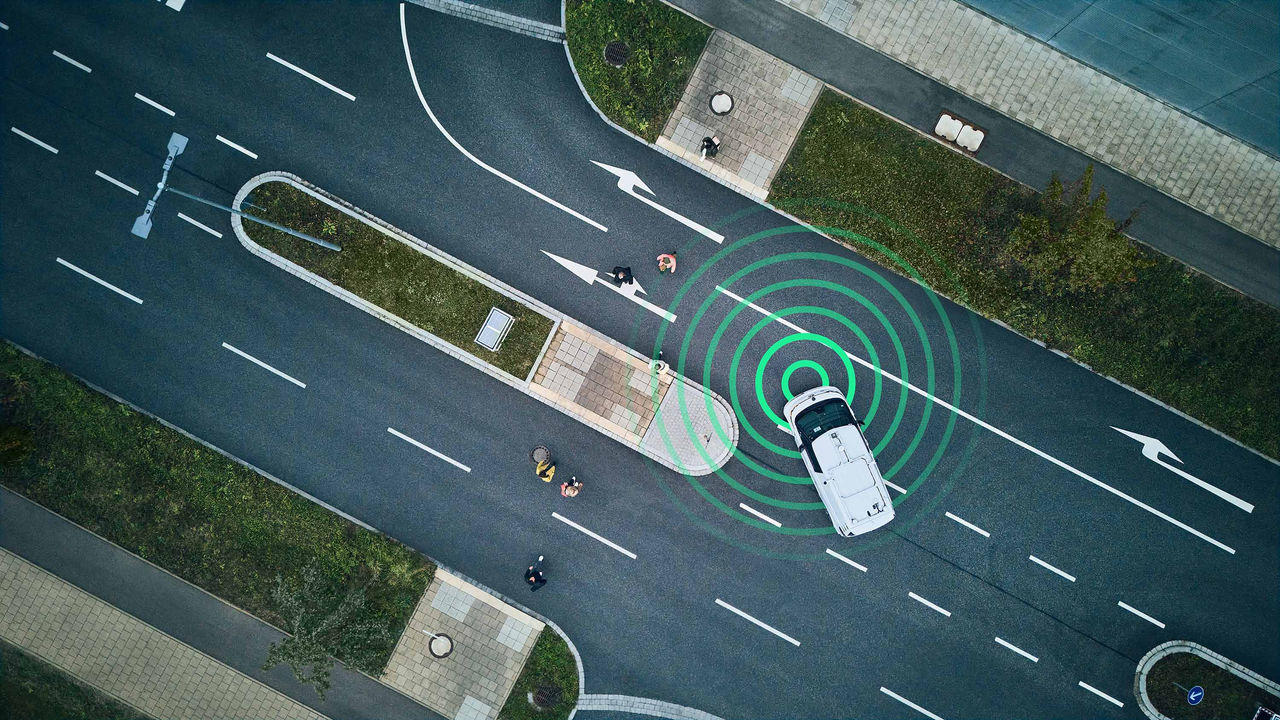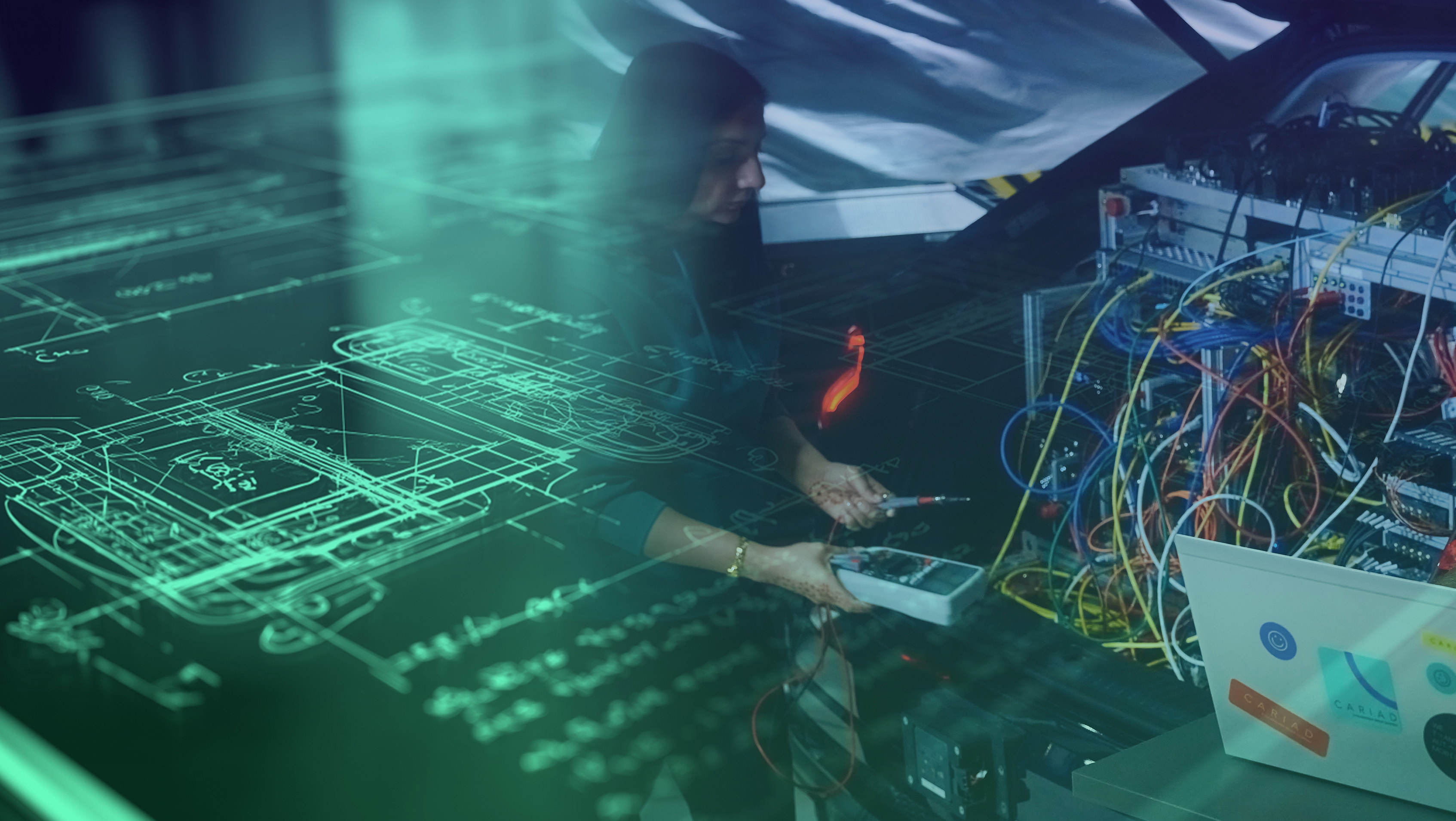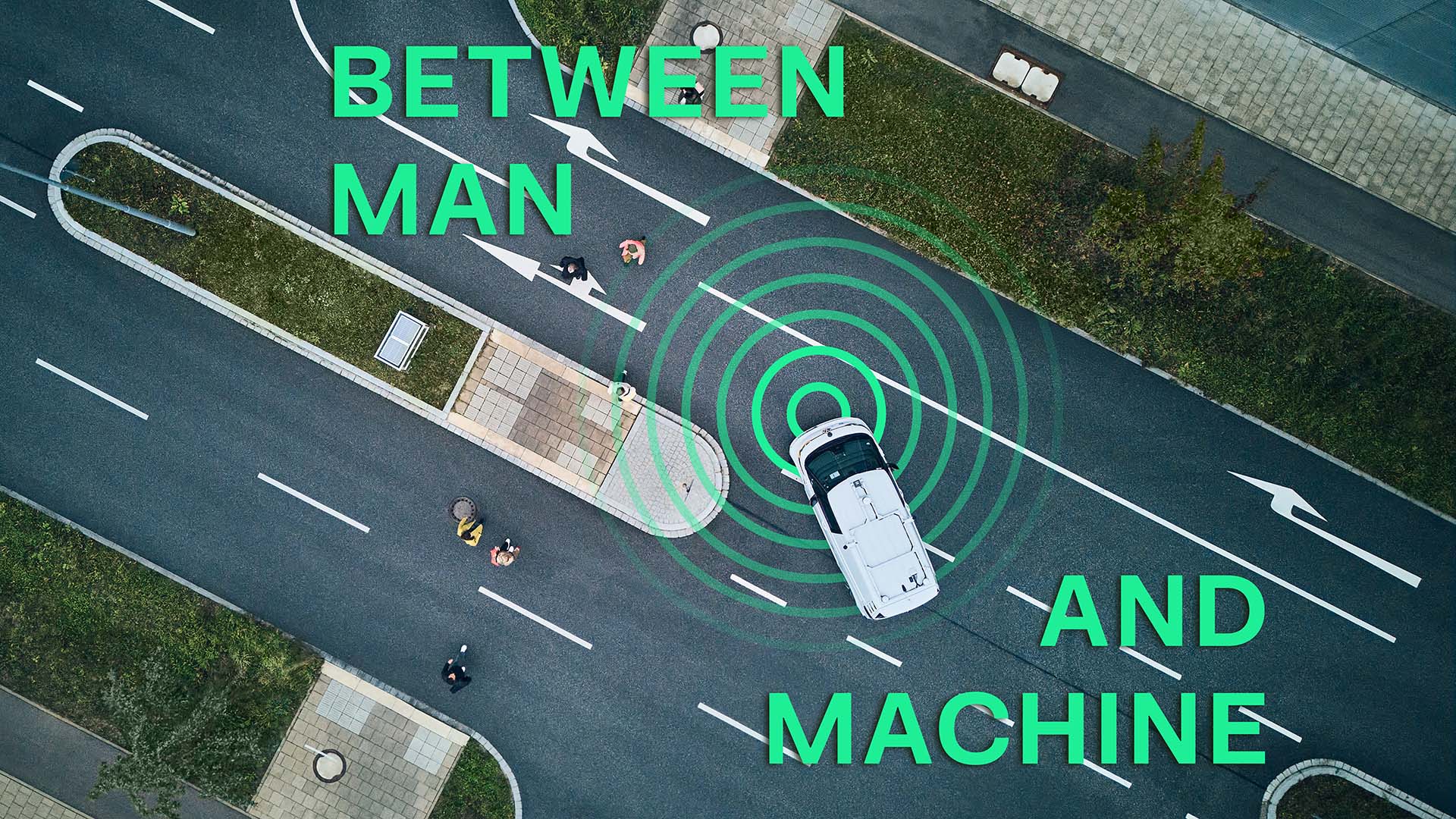Enhancing automated driving safety with innovative testing methods
As automated driving technology evolves, it’s not just vehicles that need to be smart, the way we test them does, too. Ensuring safety, reliability, and performance of automated driving functions demands innovative validation methods.

Automated driving is powered by intelligent software that interprets and responds to complex driving situations. Due to the vast range of possible traffic scenarios these systems must navigate, ensuring both safety and functional correctness is a crucial challenge.
For automated driving systems to operate safely and meet regulatory standards, they must undergo rigorous testing. While real world testing is a crucial part of the development process, virtual simulations play a vital role as well. By using real-world test cases in virtual environments, engineers can, for example, refine driving situations that are difficult to replicate in real life.
Virtual Testing with Real-World Scenarios
Engineers from CARIAD and DXC Technology have developed a verification and validation framework with cutting-edge tools that simplifies the testing process for automated driving functions for vehicles of the Volkswagen Group. It allows software engineers to simulate realistic traffic scenarios and assess how automated driving systems respond in diverse environments — from changing weather to sudden lane shifts.
The framework enables a faster and more accurate validation process by automatically converting complex scenarios into consistent, human- and machine-readable formats, helping teams to iterate quickly and to ensure the technology behaves as expected to both: meet stringent regulatory standards and gain end-user trust.
Natural Language Meets Scenario Simulation
The testing solution uses a domain-specific language called stiEF. It translates everyday descriptions like “braking at a red light” or “reacting to sudden lane merging into traffic” into executable, visual simulations.
By allowing users to describe scenarios in natural language, stiEF strengthens collaboration between developers and testers, creating a shared understanding and accelerating the development cycle. It also supports a more streamlined path to regulatory approval by making testing processes more transparent and standardized.
“With stiEF, we are able to collaborate more efficiently across teams during automated vehicle testing throughout the Volkswagen Group,” said Florian Bock, Product Owner for Scenario Management at CARIAD. “It strengthens the understanding between colleagues who are developing automated vehicle technology and those who are testing it.”
This collaboration not only enhances automated driving safety but also demonstrates the broader application of smart software in the automotive space. Innovations like these are crucial for building trust and ensuring automated driving functions are safe for everyday use.




